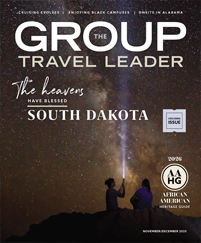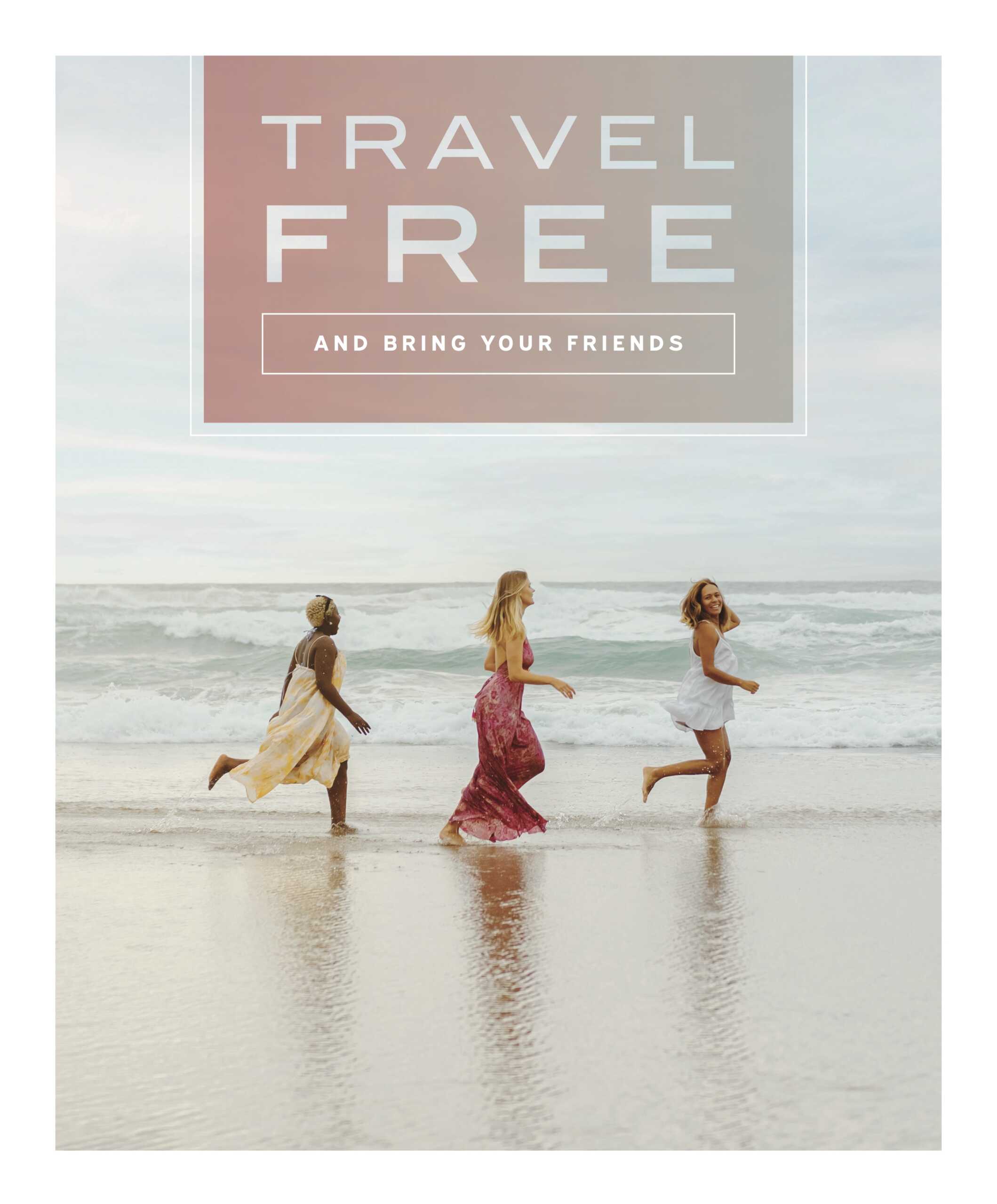Cost is frequently cited as the biggest obstacle to traveling. It’s no wonder, considering the rising price of everything from gasoline to food. Group trips are inherently more budget-friendly than solo or family trips, but some travelers (and some travel businesses) will still look for ways reduce traveling costs even further.
While some things can’t be helped, such as the price of a motorcoach or the cost of an airline ticket, there are many ways to find bargains when planning trips. Here are some tips for creating margin for your business and saving your travelers money while still offering a fantastic product.
1. Travel during the shoulder season
Perhaps the easiest way to save money when booking a trip is to be choosy about when you travel. While some destinations are downright impractical to travel to during certain times of the year, that doesn’t mean your group must visit during their peak season. Visiting during the shoulder season, often during spring and autumn, lets your travelers enjoy fewer crowds or even added benefits like seasonal festivals or foliage.
You can weigh the pros and cons of traveling during each time of the year to determine when your travelers will enjoy the most benefits and the least downsides. If they want to see wildlife in the national parks of the upper Midwest, you won’t want to take them during January when snow makes park roads impassable. However, a trip during October might let them spot wildlife and enjoy the region’s fall foliage, even if the weather is cooler.
Likewise, a trip to the beach during the height of hurricane season may not be a good idea, but a visit to the coast during April will let you skip the crowds and enjoy beach ambience, even if your group might not be going for a swim.
2. Pick alternative destinations
A trip to your region’s largest city or top tourist destination might be tempting, but unless it’s the shoulder season, you should consider a smaller or alternate destination for a bargain. You can pick a place very near to the original destination — think staying in Kenner, a city in Jefferson Parish outside of New Orleans versus staying in the Crescent City itself — or pick somewhere altogether different that still delivers a similar feel.
For instance, Instead of taking your group to see the Kentucky Derby in Louisville, Kentucky, take them to nearby Lexington to the Keeneland spring meet, where they’ll find horse racing and mint juleps in smaller (and less expensive) doses. You’ll often find that your travelers will enjoy the smaller destination just as much, especially if you promote them as “hidden gems” and showcase the things that make the smaller destinations unique.
3. Get creative at mealtimes
In many destinations, you may end up paying a “tourist tax” when your group sits down for a meal. Consider Rome, where you can pay 20 euros more for a cappuccino just for the privilege of being near one of the city’s top tourist attractions. Try to dine where locals eat instead — the food and experience are often better and more authentic.
Another option is to take your travelers to a food hall or food court. Prices are often lower, and it can be a crowd-pleasing option, especially for travelers with diverse tastes. Finally, pack your own snacks in the motorcoach to keep your travelers full and avoid having to splurge later.
4. Take advantage of a discounted attractions
In addition to the discounts that are offered to most groups of a certain size, many attractions have hours or days when entry is discounted or entirely free. See if a city’s top museums have a day where they offer free entry, or if the local theater offers discounted tickets on certain evenings.
Sometimes, destinations offer packages or day passes that let groups into multiple attractions throughout the city for a discounted rate. Think the Indy Attraction Pass in Indianapolis or the Salt Lake Connect Pass in Salt Lake City. For many larger cities, the national CityPASS program offers reduced-price admission to multiple museums and attractions. Consult with DMOs to see if they know of any similar programs for their destinations.
5. Save on hotels
Traveling during the shoulder season and avoiding major tourist markets will save you the most on hotels up-front, but there are a few other lodging hacks you should consider to stretch your dollar. One easy solution is to book three-star hotels instead of four-star, and to book hotels that are located near the interstate versus in the heart of downtown. You should also look for places that offer free motorcoach parking.
And finally, if your travelers are amenable, consider asking them to double up. If they’re looking for a bang for their buck and they’re traveling solo, chances are, they’ll be alright with a roommate of the same gender.
5. Look for Generous Comp Policies
Many full-service tour operators will offer comp policies — for example, if you sell six spots on a trip, they will comp the cost of one traveler. That’s an example of an incredibly generous comp policy, but many tour companies will offer at least some comp benefits. You can spread those cost savings across all your travelers to bring down the total price of your trip. If you’re putting the tour together yourself without relying on a third-party tour operator, you may also look for suppliers that offer comp policies, such as hotels or attractions.
6. Un-bundle your trips
To appeal to both budget-conscious travelers and those with a little extra to spend, un-bundling your trips can be a smart move. Essentially, un-bundling is breaking down the cost of the trip and letting travelers who want a more luxurious experience pay a little extra for it.
For example, if one of your travelers doesn’t want a roommate, you can offer a private room for a slight upcharge. Or, if there’s an expensive attraction or activity at the destination, offer that as an add-on instead of including it in your bottom line. Un-bundling lets bargain travelers keep their costs low, while still appealing to other travelers.
There’s a balance to strike here — you don’t want to seem like you’re nickel-and-diming your travelers, but at the same time, you do want to offer a premium experience to those who opt to spend more.
7. Offer your travelers free time
For some group travel planners, an afternoon of free time may seem like phoning it in, but many travelers prefer it. It gives them the freedom to explore a destination on their own, shop, or sneak in a nap after a morning of tours and activities. But that’s also a huge benefit to you, because you don’t have to arrange and pay for group transportation, tours and other activities to fill that time.
It’s also very common to plan free time around lunch, since very few sit-down places offer group meals for lunch at reduced prices. If you still want to cover their costs, try dispensing a pre-paid Visa with $10 or $15 on it for them to shop around with. That way, a casual lunch can be covered without breaking the bank.









